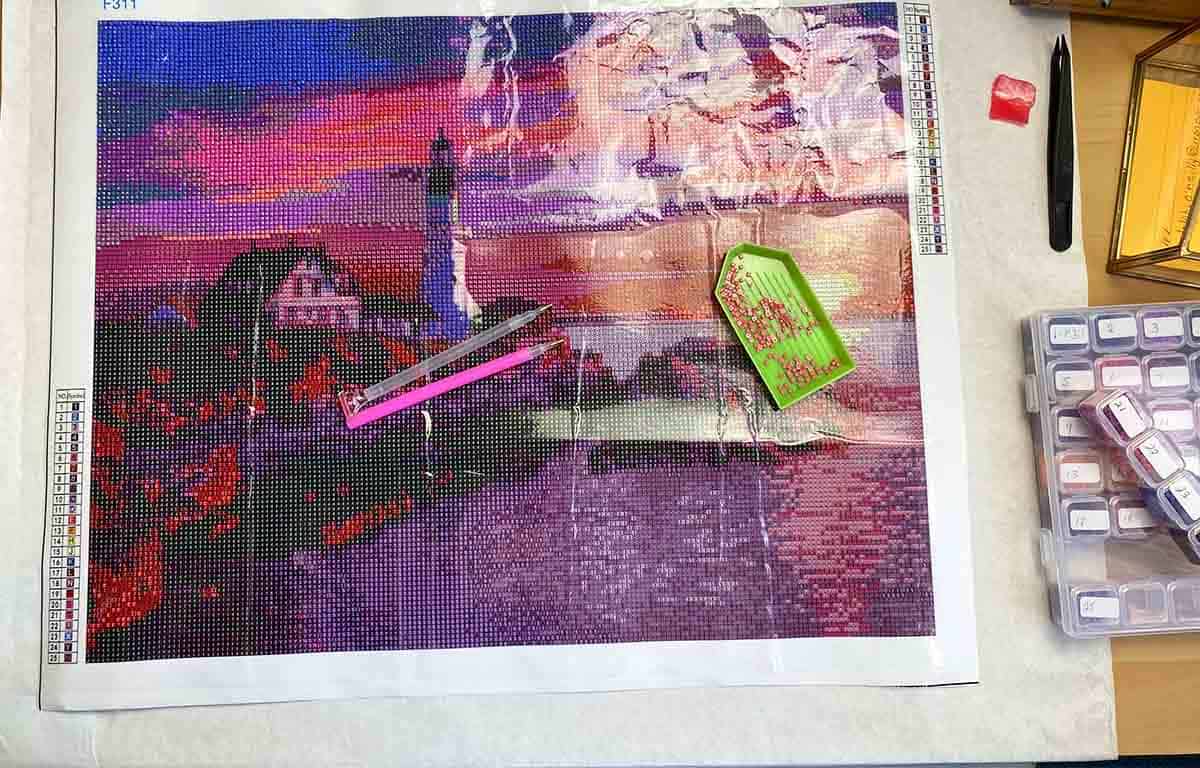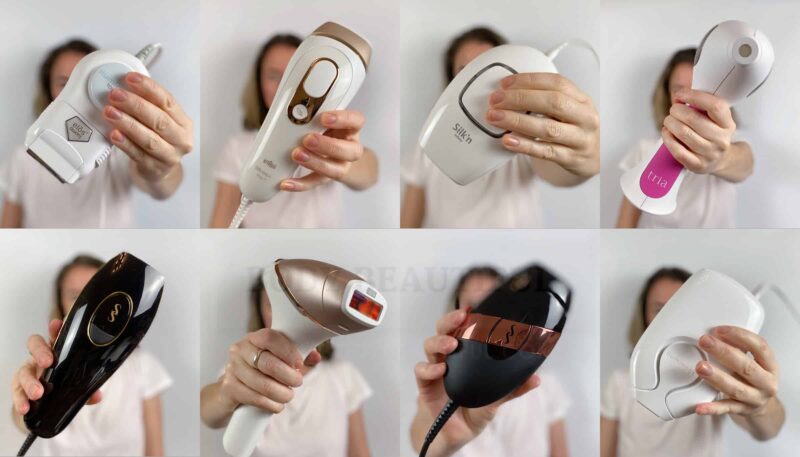Diamond painting is an engaging and creative hobby that has gained immense popularity. This 2024 guide provides beginners with 12 essential tips to embark on this fascinating journey. The article simplifies the process, making it accessible and enjoyable for everyone.
1. Understand the Basics
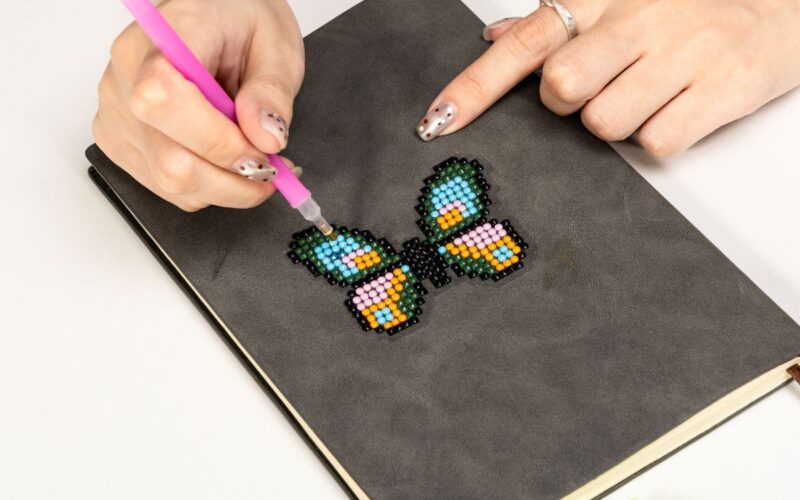
What is Diamond Painting?
The art of “diamond painting” involves applying small resin diamonds on a canvas with a matching color code to create a glittering mosaic. It blends the attractiveness of mosaic art with the simplicity of paint-by-numbers. As you work to create a lovely image, this is a satisfying and soothing exercise.
Why Try Diamond Painting?
This hobby is perfect for those who love crafting. It’s therapeutic, helps in reducing stress, and enhances focus. The process is straightforward and can be picked up easily by beginners. Plus, the end result is a stunning piece of art that you can display in your home.
2. Choosing the Right Materials
Selecting Your First Kit
For beginners, choosing a simple design is key. Look for kits that include everything you need: a printed canvas, resin diamonds, a tray, a pen-like tool, and wax. Make sure the canvas size matches your comfort level – smaller canvases are easier to handle. For a wide selection of beginner-friendly kits, you might want to check out diamondartworld.com.
They offer a variety of sizes and designs suited for newcomers to the craft.
Understanding Shapes and Sizes
There are two forms of diamonds: square and round. Beginners are advised to use round diamonds since they are simpler to put. They leave little spaces between them, which soften the canvas. Square diamonds need greater accuracy since they fit tightly and seem more seamless.
3. Setting Up Your Workspace
Creating an Ideal Environment
Choose a well-lit, comfortable space for your painting. Good lighting is crucial to correctly match the diamonds to the canvas. An ergonomic chair and table will help in maintaining a good posture during long crafting sessions.
Organizing Your Tools and Materials
Keep your workspace organized. Use small containers or the provided trays to sort them by color. Have a designated spot for your tools to avoid losing them. A tidy workspace ensures a smoother experience.
4. Understanding the Canvas
Reading the Canvas
Your canvas will have a printed guide with symbols and numbers correlating to the colors. Familiarize yourself with this guide before starting. This understanding is crucial for placing them correctly.
Preparing the Canvas
Before starting, flatten your canvas by placing heavy books on it overnight. Ensure it’s free of dust and dirt. Remove the protective film gradually as you work to keep the adhesive fresh.
5. Mastering the Picking and Placing Technique
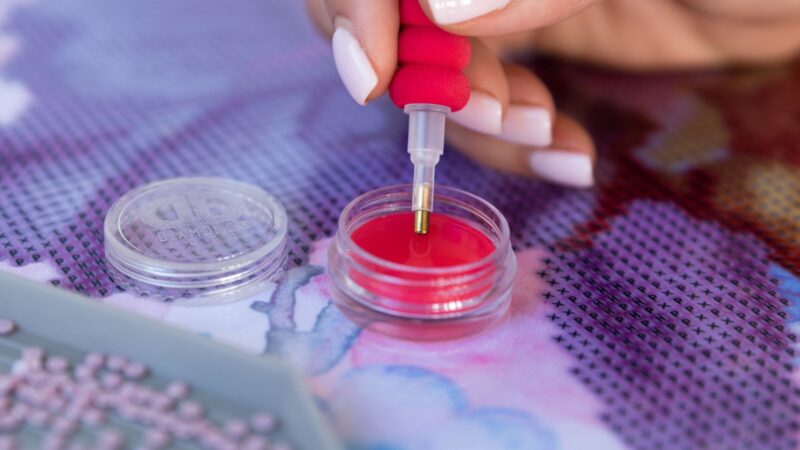
Picking Up Diamonds
Use the pen-like tool to pick up diamonds. Dip the tip in the wax, then gently press it onto the top. The wax helps them stick to the tool, making it easier to transfer to the canvas.
Placing Diamonds Correctly
Place the diamond on its corresponding symbol on the canvas. For square diamonds, align the edges carefully. Round diamonds are more forgiving. Press down gently to ensure they stick properly.
6. Progressing Through Your Artwork
Working in Sections
Tackle your painting in small sections. This approach keeps you organized and prevents the adhesive from drying out. It also gives a sense of accomplishment as you complete each section.
Maintaining Consistency
Consistency in diamond placement is key. Ensure each diamond is placed straight and in the correct spot. This attention to detail will make your finished artwork look more polished.
7. Overcoming Common Challenges
Dealing with Misaligned Diamonds
If you place a diamond incorrectly or it’s misaligned, gently nudge it into place with the tool. If it’s completely wrong, use tweezers to remove it and then reapply it correctly.
Managing Sticky Situations
If the canvas becomes less sticky, cover the area with a thin layer of adhesive specifically designed for painting. Keep your hands clean to avoid transferring oils to the canvas.
8. Caring for Your Diamond Painting
Cleaning and Protecting
Once completed, gently brush off any loose diamonds. To protect your painting, cover it with a protective sheet or seal it with a sealant spray. This will ensure the longevity of your artwork.
Displaying Your Work
Frame your painting to display it. Choose a frame that complements your art. Hanging your work is not only rewarding but also adds a personal touch to your space.
9. Joining the Community
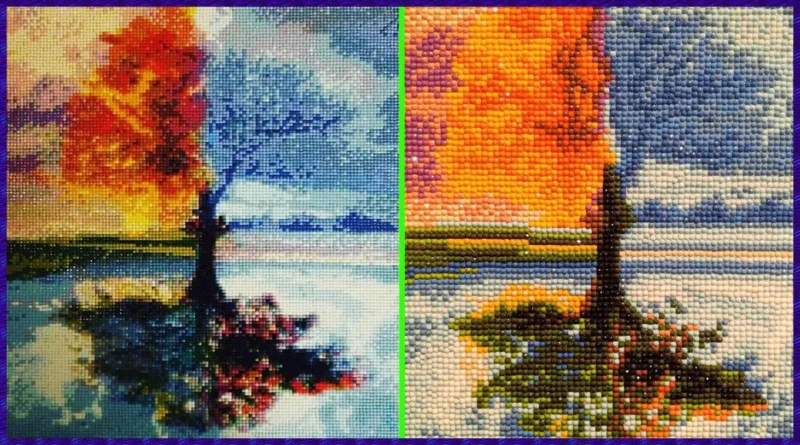
Engaging with Fellow Enthusiasts
Join online forums or social media groups dedicated to painting. These platforms are great for sharing tips, seeking advice, and showcasing your work. Engaging with a community can enhance your enjoyment of this craft.
Attending Workshops and Events
Look for local workshops or events where you can meet other painters. These gatherings can provide hands-on learning and a chance to share experiences.
10. Exploring Advanced Techniques
Trying Different Patterns and Textures
As you gain confidence, experiment with more complex designs and textures. Challenging yourself with intricate patterns can be very rewarding.
Incorporating Mixed Media
Consider combining painting with other art forms. Adding elements like beads or sequins can create unique, mixed-media artworks.
11. Time Management and Pacing Yourself
Setting Realistic Goals
Set achievable goals for your projects. Decide how much time you can dedicate daily or weekly. This approach prevents feeling overwhelmed and allows you to enjoy the process without rushing.
Taking Regular Breaks
Remember to take breaks during long painting sessions. Regular breaks prevent eye strain and maintain your enthusiasm for the project. They also provide an opportunity to step back and appreciate your progress.
12. Experimenting with Lighting and Magnification
Enhancing Visibility
Good lighting is essential. Consider using a desk lamp or a light pad, which illuminates the canvas from below. This makes the symbols more visible and reduces eye strain.
Using Magnification Tools
If you struggle with small symbols, use magnification tools like a magnifying glass or wearable magnifiers. These tools make the process more comfortable, especially for intricate designs.
Conclusion
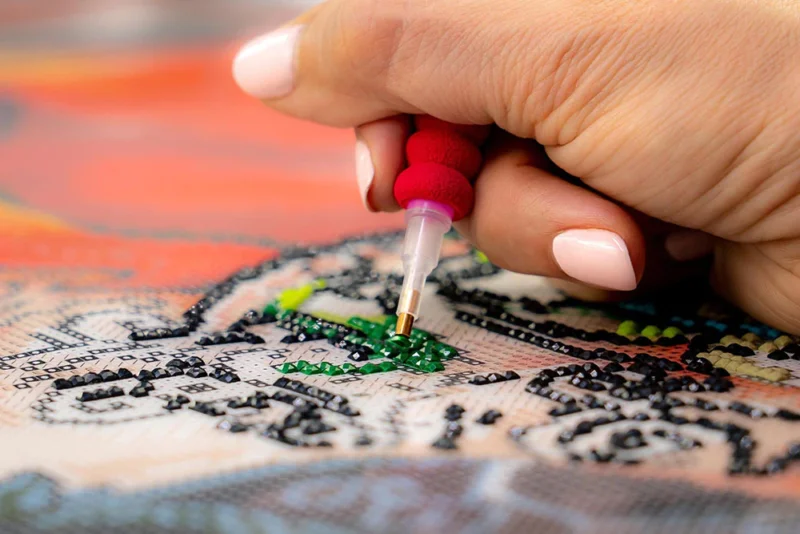
In conclusion, diamond painting is a versatile and enjoyable craft that is accessible to beginners. By following these tips, you can start your journey confidently and enjoy the process of creating beautiful, sparkling art.
Related Posts:
- Tips on How to Turn a Photo into a Paint by Number…
- Ranking The 7 Most Popular Casino Games in Australia in 2024
- Is Softball Still Rising in Popularity? Insights and…
- Peloton Yoga Basics and Crucial Tips for New Yoga…
- Most Trending & Popular Android and iOS Apps in…
- Is Colorado School of Mines Football Good? - In…

